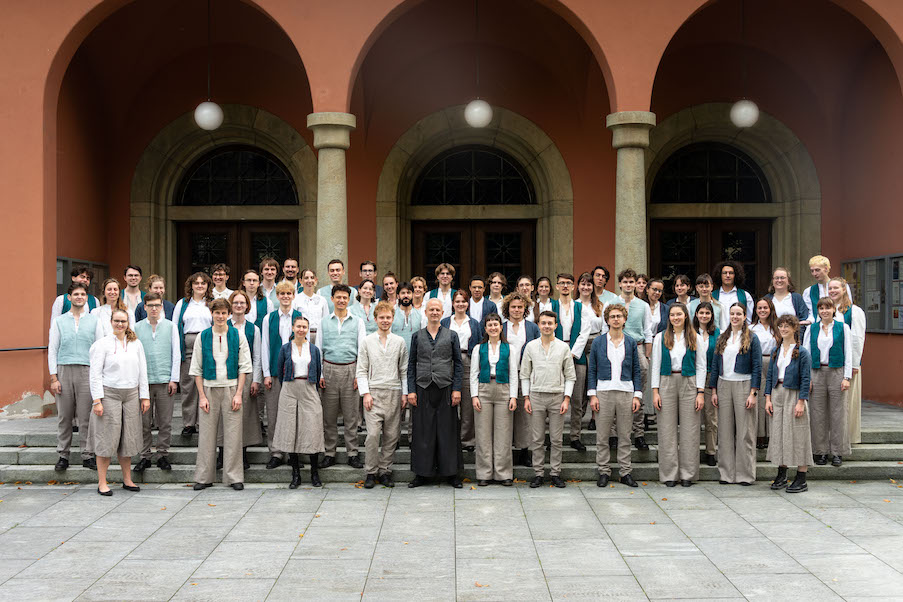Rediscovering musical practice
With this polyphonic improvisation handbook, learning contepoint isn't hard work.

For a thousand years, from the beginnings of polyphony to the early 19th century, church musicians adorned liturgical chant with one or more improvised voices, known in France as "chanter sur le livre". Revived in recent years, this improvisation technique brings counterpoint, often seen as a dry exercise disconnected from musical reality, back to life. In this practical manual of Renaissance polyphonic improvisation, Barnabé Janin pedagogically proposes a progressive approach to new constraints, either alone or - even better - with other musicians, accumulating experience and learning from mistakes. The aim here is not to invent something unheard-of, but to use the musical materials of the time to arrange and combine them in simple counterpoints (one improvised note per cantus firmus note) or "flourishes" (several improvised notes). In this way, learning counterpoint, which Schütz likened to biting into a hard nut, can be assimilated as if by having fun, either singing or playing on any ancient or modern instrument, inventing canons, gymels or faux-bourdons, from simple two-voice counterpoint to double-canon or four-voice flourishes on a cantus firmus. The book also includes a solid corpus of canti firmi from plainsong, Protestant psalms and medieval and Renaissance chansonniers, as well as a brief overview of some theoretical elements and a preface by Jean-Yves Haymoz, a pioneer in the rediscovery of this musical practice that still holds many surprises in store for us. Please note that the www.contrapunctus.org will provide up-to-date information on this subject.
Barnabé Janin, Chanter sur le livre - Manuel pratique d'improvisation polyphonique de la Renaissance (15ème et 16ème siècles), 192 p., € 25.00, Editions Dominique Guéniot, Langres, 2012









